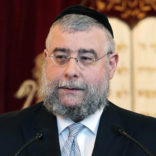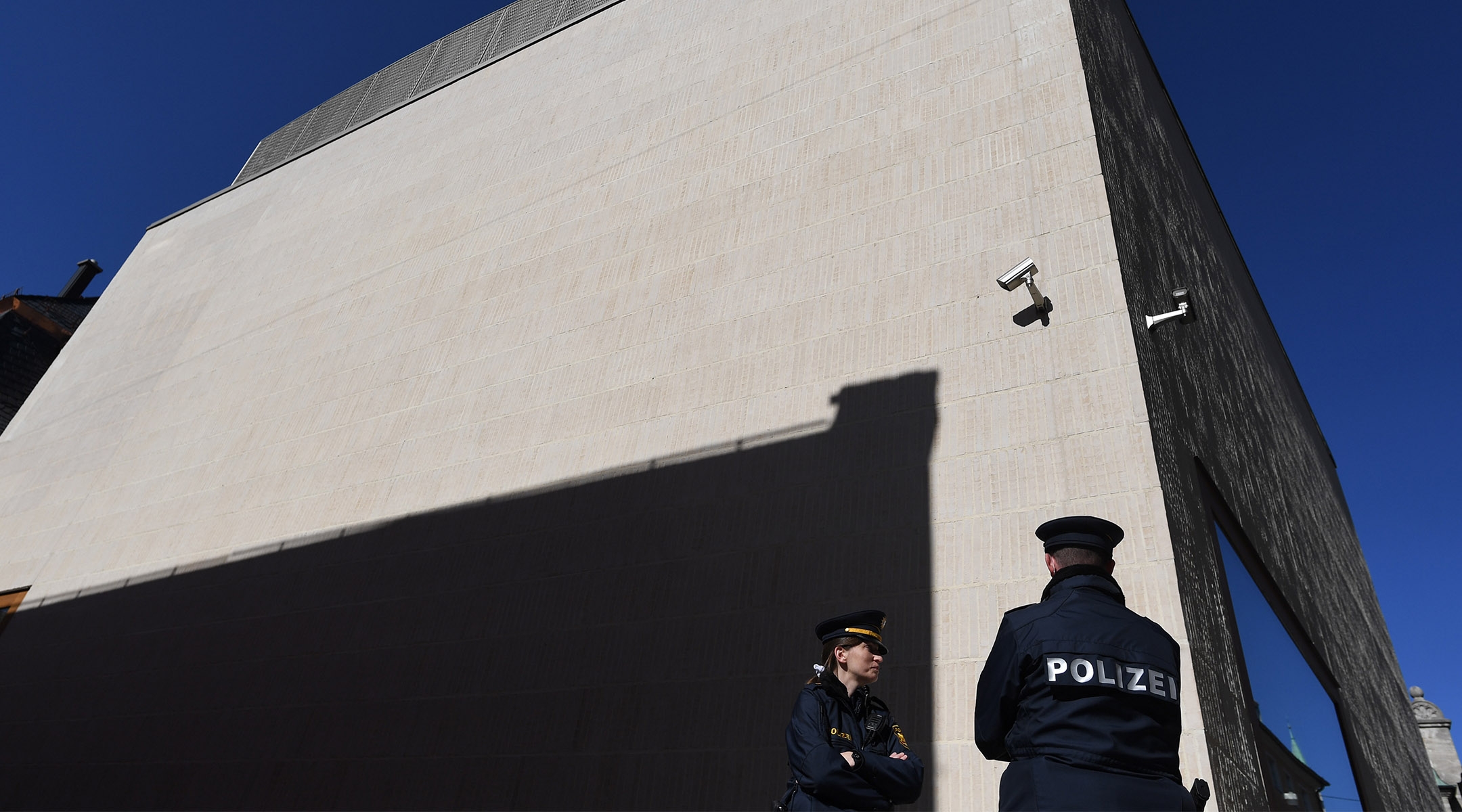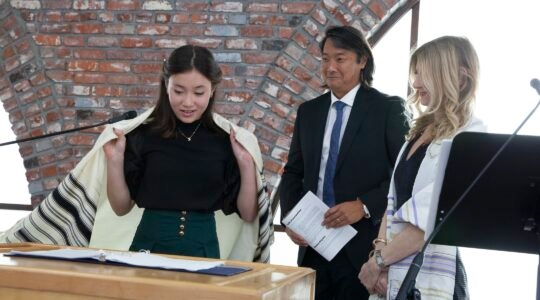MOSCOW (JTA) — Whether it’s a white supremacist targeting praying Jews, blacks or Muslims, or an Islamic radical committed to killing Christians on Easter Sunday, it has become very trendy to attack houses of worship.
In Europe, synagogues unfortunately have been targeted by terrorists for quite some time, including deadly attacks at the Great Synagogue of Vienna in 1981 and the Great Synagogue of Rome in 1982. In the past 15 years, Jewish institutions have been targeted by Muslim radicals in France, Belgium and Denmark. In my own community, on the eve of Passover this year, a terrorist targeted the Torath Haim Yeshiva in a Moscow suburb, burning down an annex of the building.
As a result of terror attacks against synagogues and Jewish businesses, many of Europe’s Jews have ceased to attend Jewish events or have made aliyah to Israel — something that might happen soon in the United States. In the wake of two synagogue shootings, the situation for Jews in the United States is unfortunately starting to look very much like the situation in Europe, where communities have increased the security of their synagogues, community centers and schools.
But unlike European synagogues, which are secured like fortresses, synagogues in the United States still often have little or no security.
If U.S. synagogues want to improve this situation, then either the government or Jewish institutions must rise to the challenge.
Governments don’t always like to help.
In Switzerland, the government balked at the need to chip in, claiming that the Jews are rich enough to take care of themselves. The Conference of European Rabbis had to convene side events at the Munich Security Conference to galvanize European governments to assist the Jewish communities of Europe with the additional security burden.
In contrast, the United Kingdom, France and Germany have been very helpful to their communities, and others are following suit.
In the United States, the Secure Community Network, run by the Jewish Federations of North America and the Conference of Presidents of Major American Jewish Organizations, is one Jewish organization attempting to meet this challenge. However, during my last visit to the United States, I was dismayed at the extent to which U.S. synagogues are less secure than European ones.
Often the best security measures and provisions require local communal efforts in conjunction with law enforcement agencies. And while law enforcement officers routinely work with important U.S. Jewish institutions, what is needed is a radical overhaul of all security measures in order to adapt to new realities.
For example, to prevent another Pittsburgh or Poway, the entrance to any Jewish institution should be controlled to make sure that no unknown person can enter.
The liberal gun laws in the United States are part of the problem, but they can also be part of the solution. If one or two armed and trained congregants were on duty inside synagogues at all times, the immediate response to an armed attack might reduce the number of casualties. If a gunman could be stopped before creating carnage, copycat attackers might be deterred from following through with their murderous intentions. This is the practice in many of Europe’s communities that struggle to come up with the cash needed for security.
Recruiting young professionals to this initiative could help give a sense of purpose and unity to many younger Jews still finding a place in the community, and also will help lower the cost of security for many congregations.
The average cost of providing security eats up nearly 25 percent of the annual budget for a midsize community like Zurich and Munich, up to 50 percent for isolated communities like Helsinki.
I remember arriving in Jerusalem following the attack against a synagogue in the Ramot neighborhood that resulted in terrible carnage. When I prayed in a little neighborhood synagogue and dozens of people gathered for prayers, I always asked myself, “and what if one of them just takes a knife from his pocket and starts stabbing everyone around him?”
When a soldier with a gun joined the prayer, I calmed down.
Of course, a major aspect of security is deterrence and control of who is entering the premises. In the Forward, columnist Peter Beinart recalled how he recently had to recite the Shema in order to enter a synagogue in Amsterdam. I don’t know how many Jews in the United States know the Shema (that’s a separate problem), but having members at the entrance to identify worshippers is a well-practiced tradition in many European communities.
With God’s help and the right approach, we can meet this challenge head-on and avert further crises. But it will require a hard look at how we secure our synagogues, and a commitment to investing the requisite time and resources.
JTA has documented Jewish history in real-time for over a century. Keep our journalism strong by joining us in supporting independent, award-winning reporting.







